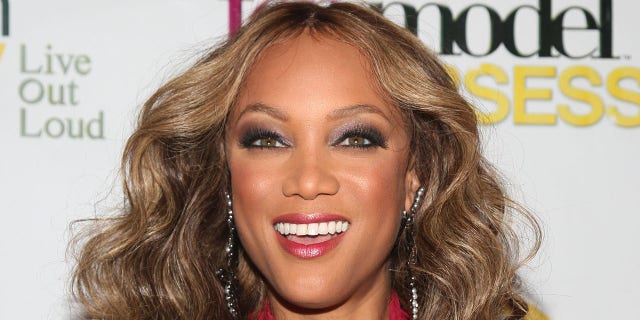In the world of high fashion and reality television, few figures have stirred as much conversation as supermodel Janice Dickinson. Recently, she reignited a longstanding debate over her time on the iconic series “America’s Next Top Model,” and, more specifically, her perspectives on host Tyra Banks. Dickinson’s remarks were far from complimentary, abundant with a mix of nostalgia and critique—particularly concerning what she perceives as Banks’ overwhelming dominance on the show. One must ponder: how does a legacy of competition shape relationships among its participants?
Janice Dickinson, often heralded as the first supermodel, possesses a formidable persona marked by both candidness and controversy. Her criticisms of Banks are rooted in personal experience, suggesting that the latter’s influence in the modeling industry both empowered and stifled other talents. “I don’t regret what I said,” Dickinson boldly proclaimed, asserting that her comments were fueled by a desire for authenticity and the nurturing of emerging talents.
Many individuals who watched the series witnessed the subtle nuances that unfolded behind the scenes. With Banks steering the ship, was there room for other voices to be heard? Did Dickinson’s role in the program act as a mere supporting character in a narrative that celebrated one dominant figure? Such questions arise as Dickinson’s critiques echo through the fashion community, igniting discussions about power dynamics and representation in an industry notoriously riddled with challenges.
Despite these political undertones, one cannot overlook the playful rivalry that has unfolded over the years. The rapport between Dickinson and Banks has oscillated between admiration and animosity. While some might perceive Dickinson’s critiques as envy, she might simply be challenging Banks to reconsider her approach to mentoring. If both women were to collaborate, what transformative possibilities could arise in the modeling world?
As the dust settles on Dickinson’s remarks, the spotlight now turns to Tyra Banks. How will Banks respond to these accusations, and will she acknowledge the validity of Dickinson’s claims? The potential for dialogue between these two iconic figures raises intriguing questions about personal growth, particularly when leaders in the fashion community reflect on their past actions.
Overall, the conversation initiated by Janice Dickinson serves as a reminder that critique can often lead to constructive conversations. In a field that thrives on evolution, a collaborative approach could present a paradigm shift in how models are trained and nurtured. Can Banks rising to the occasion enhance not only her legacy but also the industry as a whole? Only time will tell, as fans and critics alike remain eagerly engaged in this unfolding narrative.
